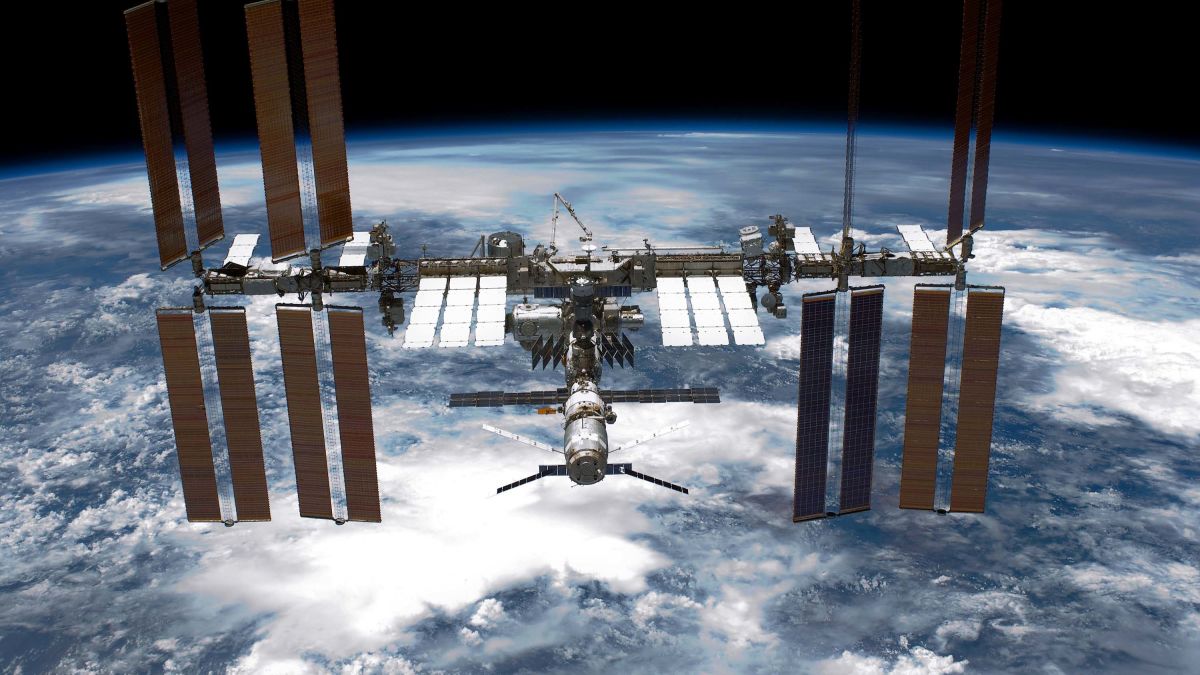NASA has announced that the International Space Station (ISS) will be retired in January 2031, at which point it will crash land into the ocean. The orbiting laboratory, which launched in 1998, will splash down at Point Nemo, a remote spot in the Pacific Ocean that is 1,678 miles from land, has been the site of many defunct satellites and man-made space detritus, earning it the nickname the “spacecraft cemetery”.
The ISS was a collaboration between NASA, the European Space Agency, Russia’s Roscosmos space program, the Canadian Space Agency and the Japan Aerospace Exploration Agency. Orbiting 227 nautical miles above Earth, the ISS has seen more than 200 astronauts from 19 different countries come aboard.
But NASA still has plans for the next decade of ISS. “The International Space Station is entering its third and most productive decade as a groundbreaking scientific platform in microgravity,” said Robyn Gatens, director of the International Space Station at NASA. “This third decade is one of results, building on our successful global partnership to verify exploration and human research technologies to support deep space exploration, continue to return medical and environmental benefits to humanity, and lay the groundwork for a commercial future in low-Earth orbit.”
Gatens added, “We look forward to maximizing these returns from the space station through 2030 while planning for transition to commercial space destinations that will follow.” Commercial space stations and space travel is clearly the wave of the future, as is the long heralded arrival of space tourism (for the obscenely wealthy at least).
“The private sector is technically and financially capable of developing and operating commercial low-Earth orbit destinations, with NASA’s assistance. We look forward to sharing our lessons learned and operations experience with the private sector to help them develop safe, reliable, and cost-effective destinations in space,” said Phil McAlister, director of commercial space at NASA Headquarters. “The report we have delivered to Congress describes, in detail, our comprehensive plan for ensuring a smooth transition to commercial destinations after retirement of the International Space Station in 2030.”
But de-orbiting the ISS will still be challenging, as it is the largest man-made object ever to occupy low-Earth orbit. Past uncontrolled deorbits have seen a scattering of space station parts across the ocean. And in 1979, the uncontrolled deorbit of NASA’s Skylab space station rained debris across Australia. No one was hurt, and Skylab became a pop culture punchline.
(via NBC News, image: NASA)
—The Mary Sue has a strict comment policy that forbids, but is not limited to, personal insults toward anyone, hate speech, and trolling.—
Have a tip we should know? [email protected]










Published: Feb 5, 2022 05:17 pm